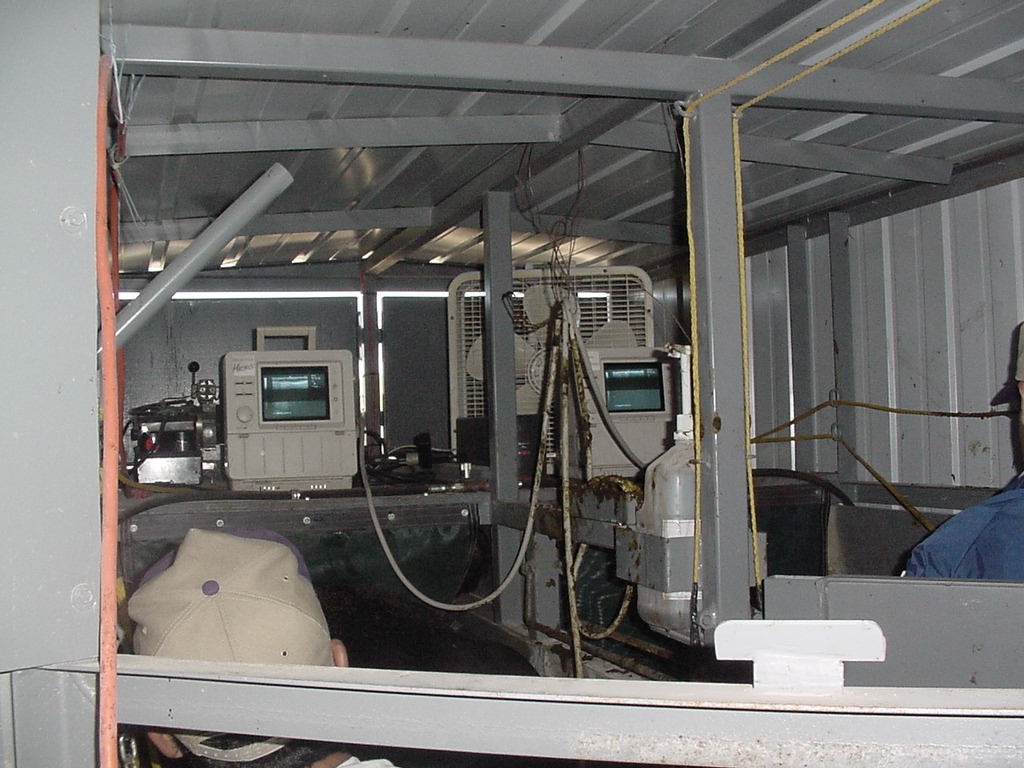By A.J. Tarpoff, DVM, MS, extension veterinarian
Lameness is a significant disease challenge in feedlot cattle. It has been estimated that 16% of all treatments, 5% of deaths, and 70% of animals for railer slaughter is due to lameness. One cause of lameness that often goes underdiagnosed is toe abscesses. This issue goes by a number of different names such as toe tip necrosis or P3 (third phalangeal bone) necrosis. It can affect heifers, steers, calves, and yearlings. They typically occur and present during the first 3 weeks after arrival into the feedlot. Toe abscesses can occur on any foot, but tend to be more common on the rear feet. Continue reading “Toe abscesses in feedlot cattle”
